110-foot asteroid to come very close to Earth today; is it dangerous? NASA explains
NASA has warned that this huge asteroid is headed straight for Earth today! Know its key details, as per NASA.
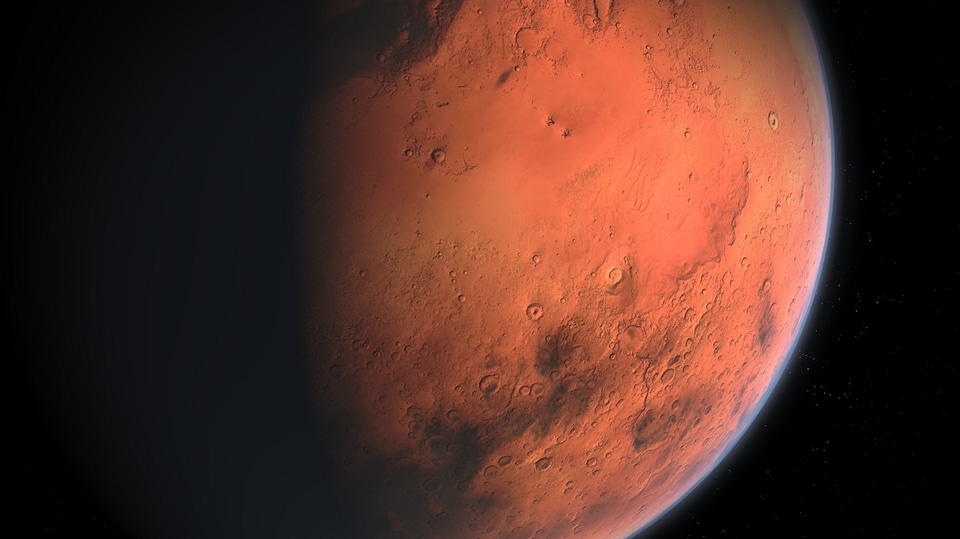
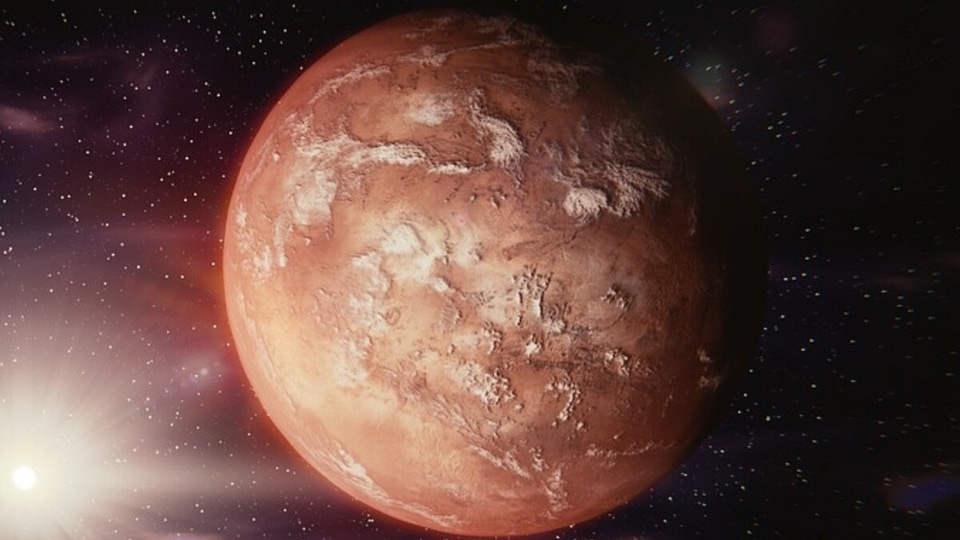
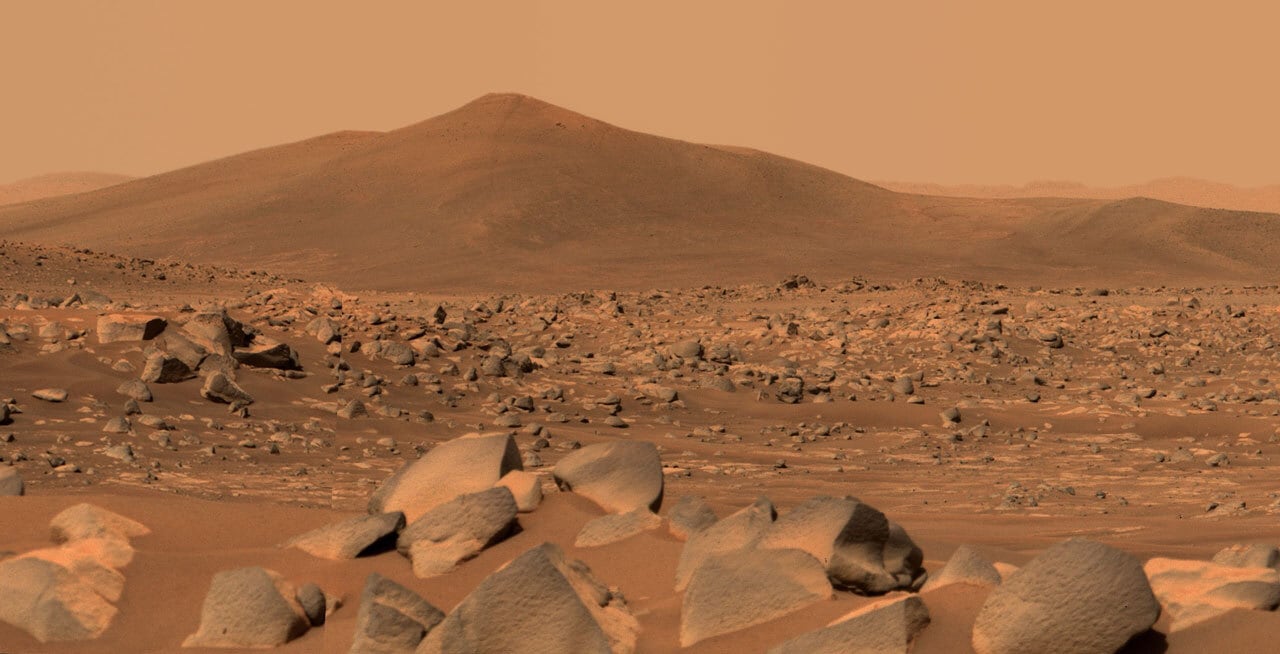
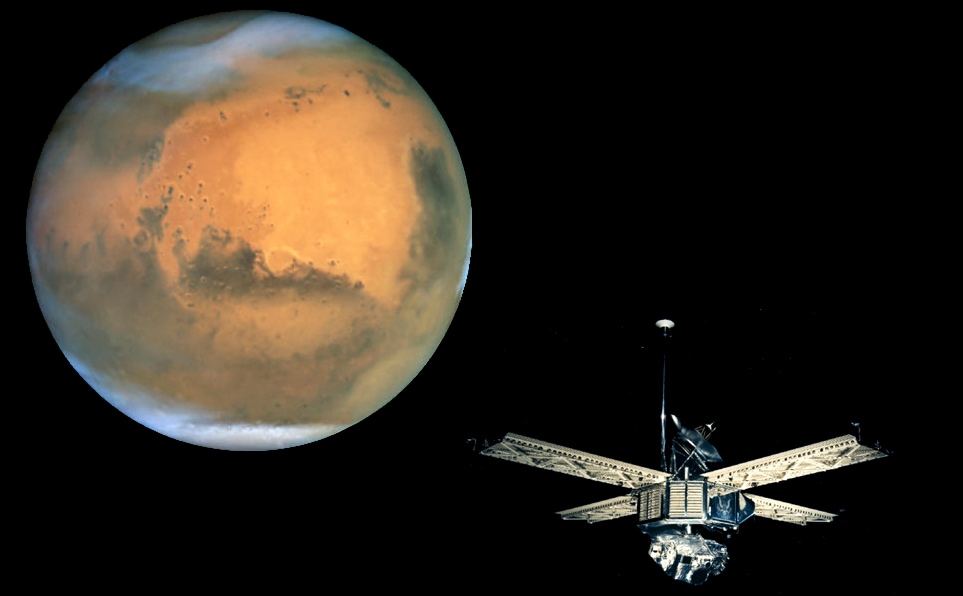
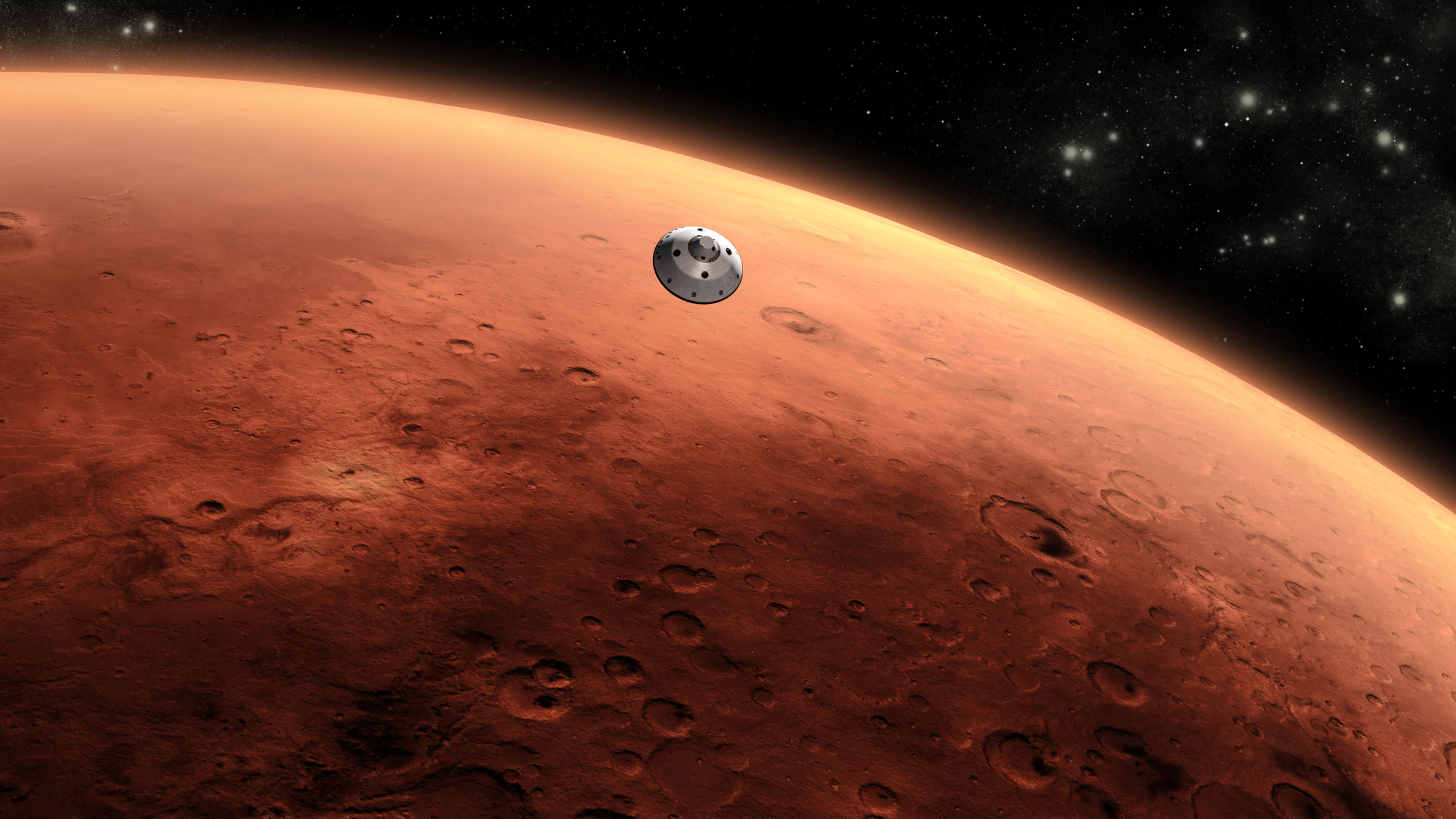
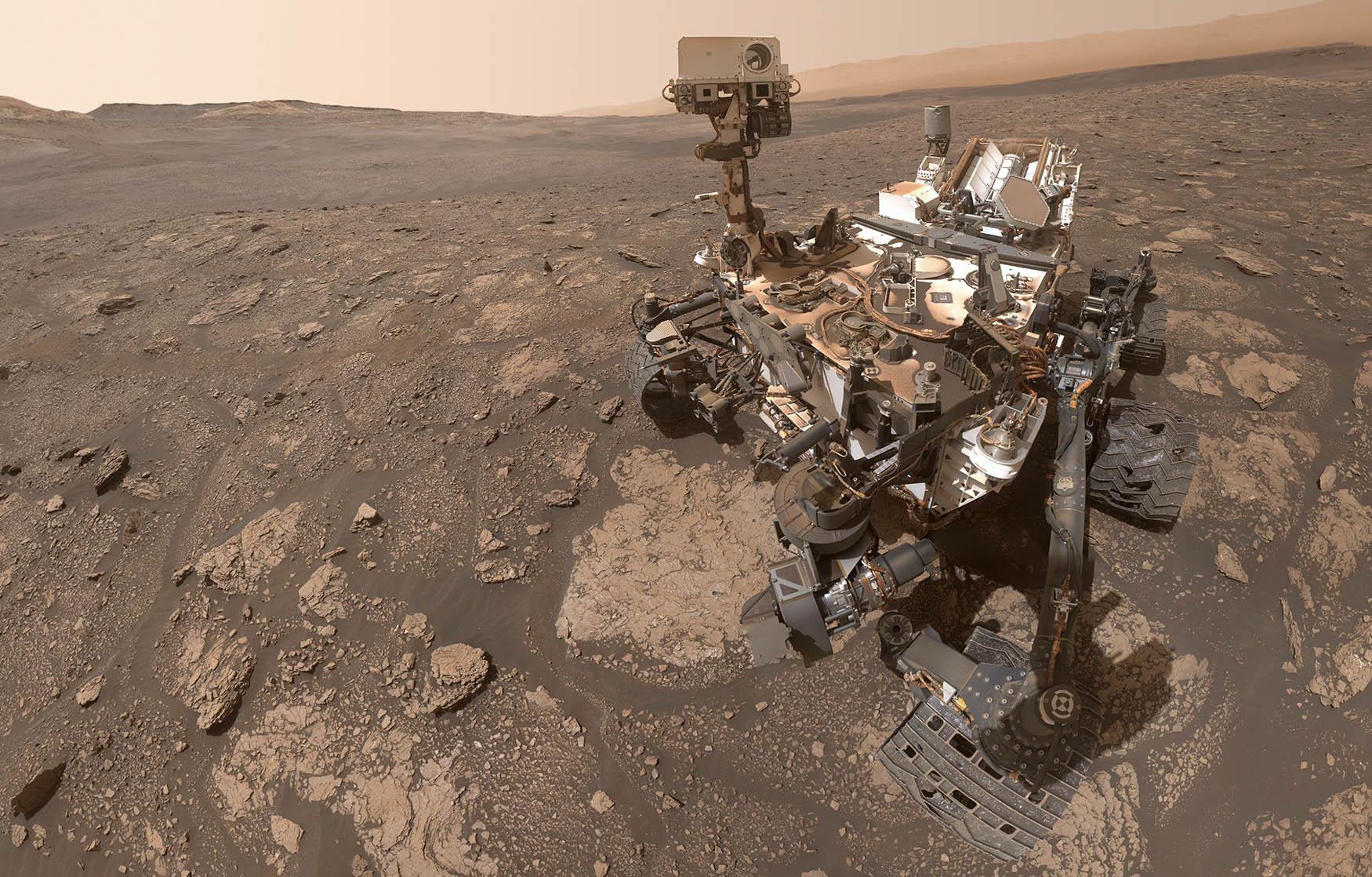
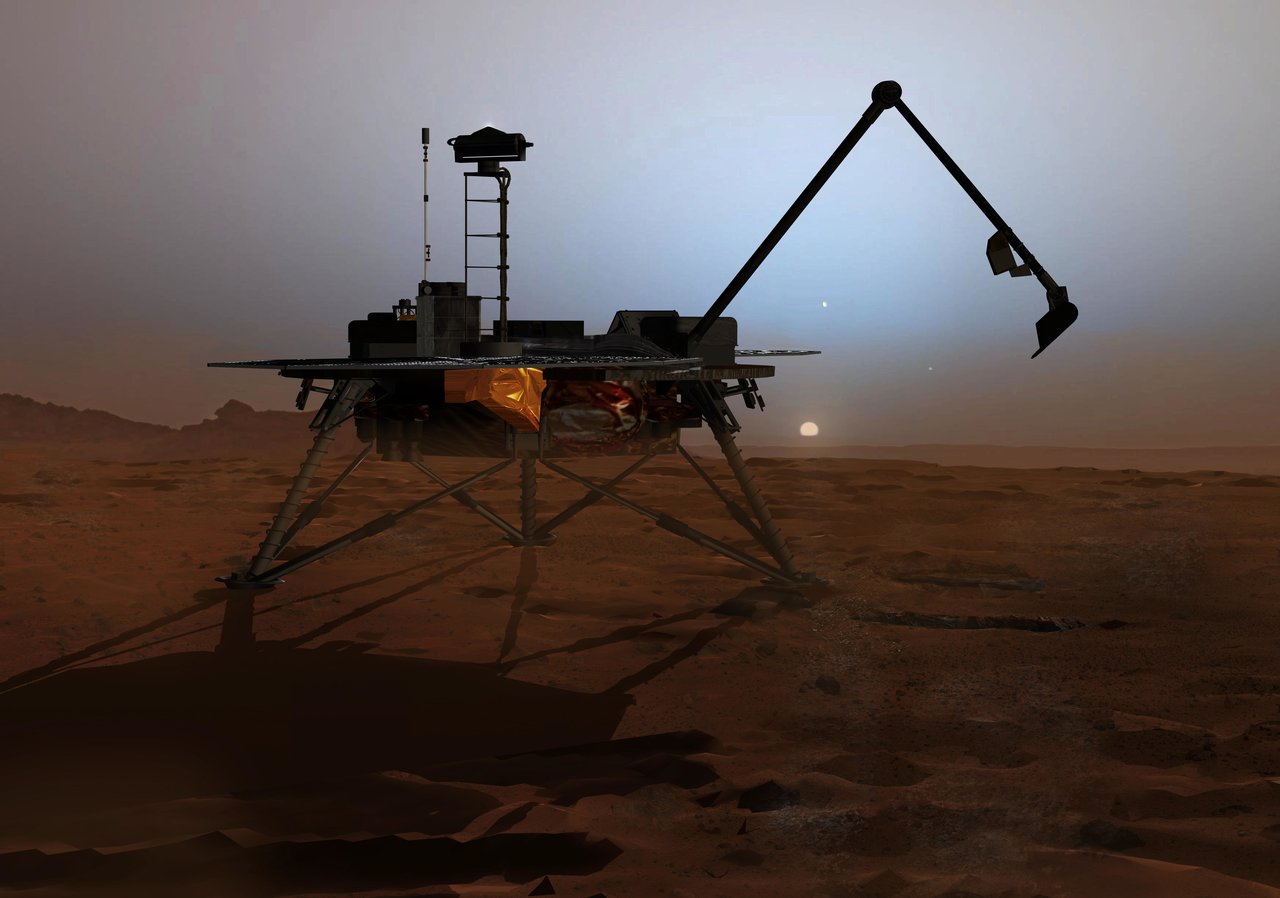
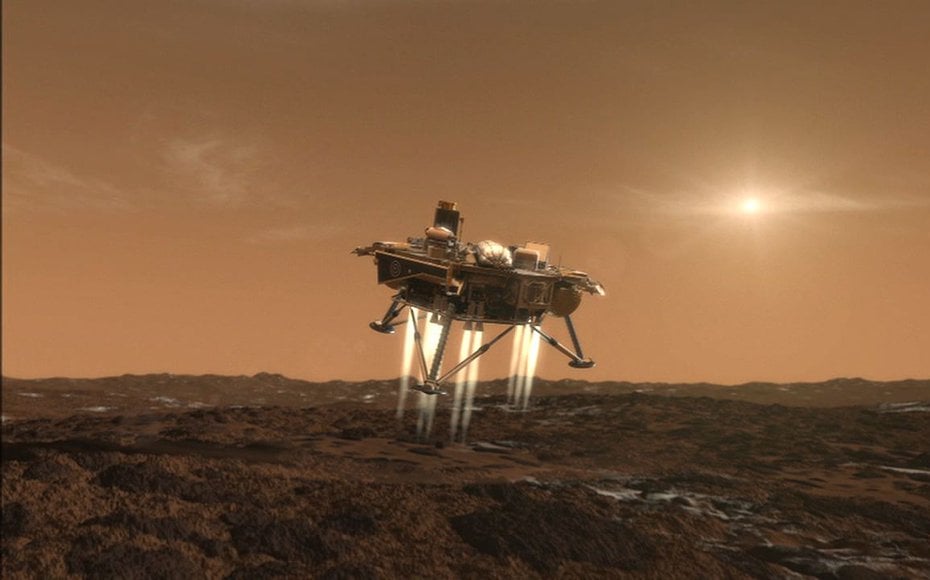
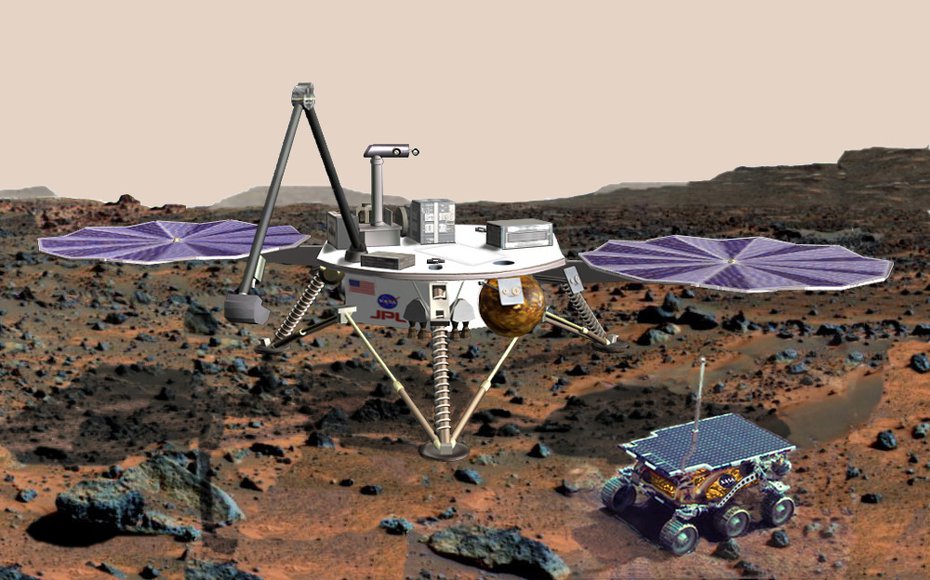
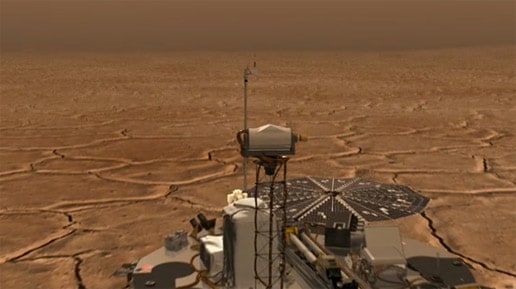
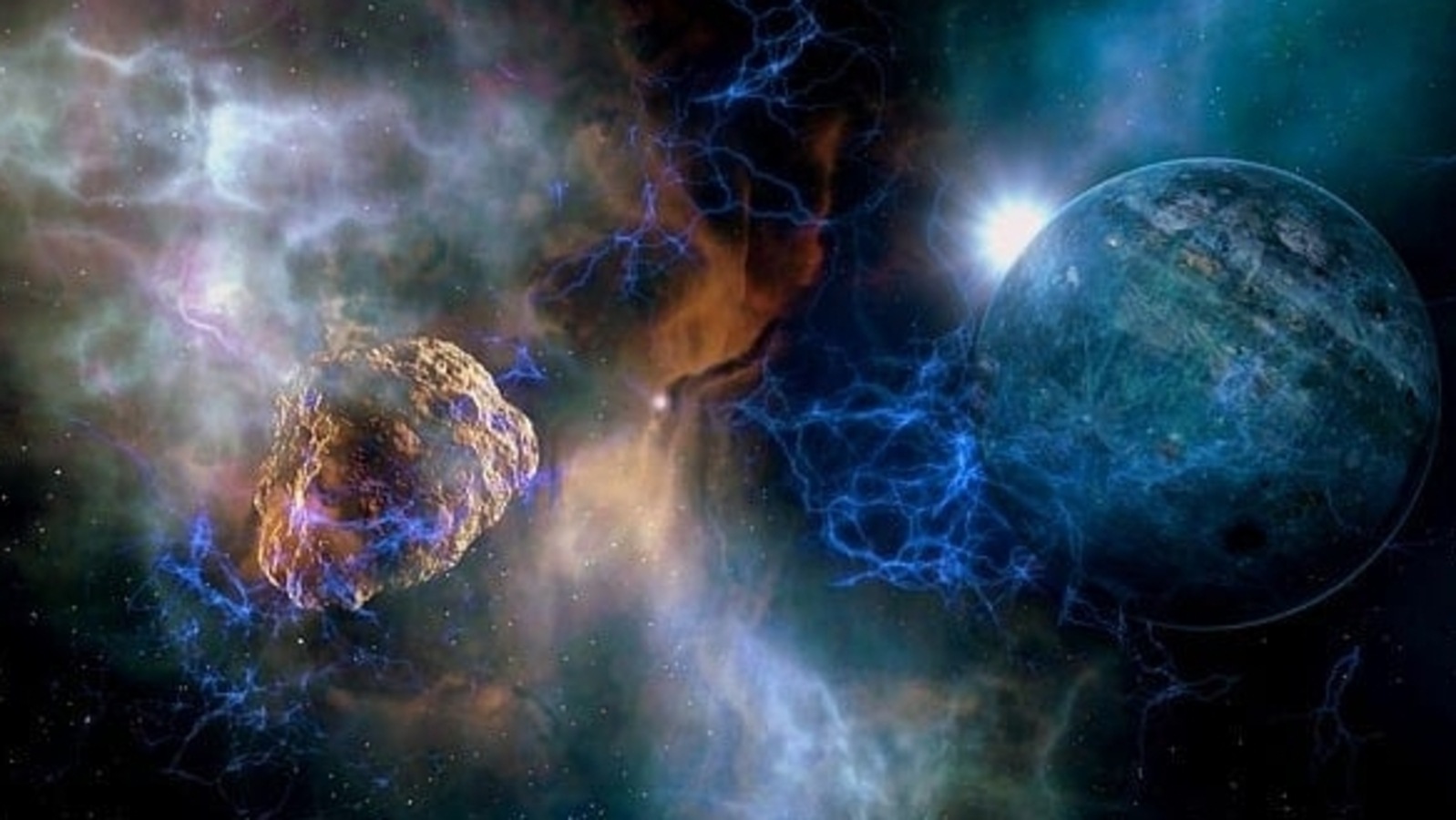
 View all Images
View all ImagesHave you ever wondered how frequently planet-killing asteroids visit Earth? Well, NASA has revealed that once every few million years, a planet-killing space rock impacts the planet. Yes, it destroys the entire planet. As these asteroids revolve around the Sun in their elliptical orbits, the asteroids also rotate, sometimes quite erratically, tumbling as they go, according to NASA. Colossal asteroids have been responsible for some of the biggest events in history. From the Chelyabinsk, Russia disaster that claimed many lives to the meteor which caused the extinction of dinosaurs millions of years ago, whenever asteroids have crashed on Earth, they have impacted lives.
Although a planet-killing space rock is not expected to make a trip to Earth anytime soon, smaller ones are very much there and they have the potential to pulverise entire regions and even countries, sparking global mayhem. Now, NASA has warned that an asteroid is on its way today, and it is huge!
Asteroid 2022 WK9 key details
Asteroid 2022 WK9 is already on its way towards Earth travelling at a staggering speed of 51472 kilometers per hour and is expected to just miss the planet today, December 7. It will make its closest approach to Earth at a distance of just 2.3 million kilometers, according to NASA. NASA's Planetary Defense Coordination Office has warned that Asteroid 2022 WK9 is colossal in size with a width of nearly 110 feet, which is about as big as a commercial aircraft!
Worryingly, according to the-sky.org, the Asteroid 2022 WK9 was discovered just recently on November 28, 2022. It takes just 543 days to orbit the Sun during which its maximum distance from the Sun is 289 million kilometers and minimum distance is 101 million kilometers.
The asteroid 2022 WK9 belongs to the main Apollo group of asteroids, which are a group of Near-Earth asteroids named after the humongous 1862 Apollo asteroid, discovered by German astronomer Karl Reinmuth in the 1930s.
Did you know?
NASA has now revealed that an asteroid struck the Earth just days ago! This asteroid was seemingly missed by all of the Near-Earth Object (NEO) monitoring telescopes and was discovered just hours before impact. The asteroid was first spotted by NASA's Catalina Sky Survey and the observations were then reported to the Minor Planet Center. NASA's Scout impact hazard assessment system calculated the asteroid's trajectory and possible impact sites by analyzing the data.
According to NASA, the asteroid is likely to have burned up upon entering the planet's atmosphere and scattered small meteorites over the southern coastline of Lake Ontario.
Catch all the Latest Tech News, Mobile News, Laptop News, Gaming news, Wearables News , How To News, also keep up with us on Whatsapp channel,Twitter, Facebook, Google News, and Instagram. For our latest videos, subscribe to our YouTube channel.




























